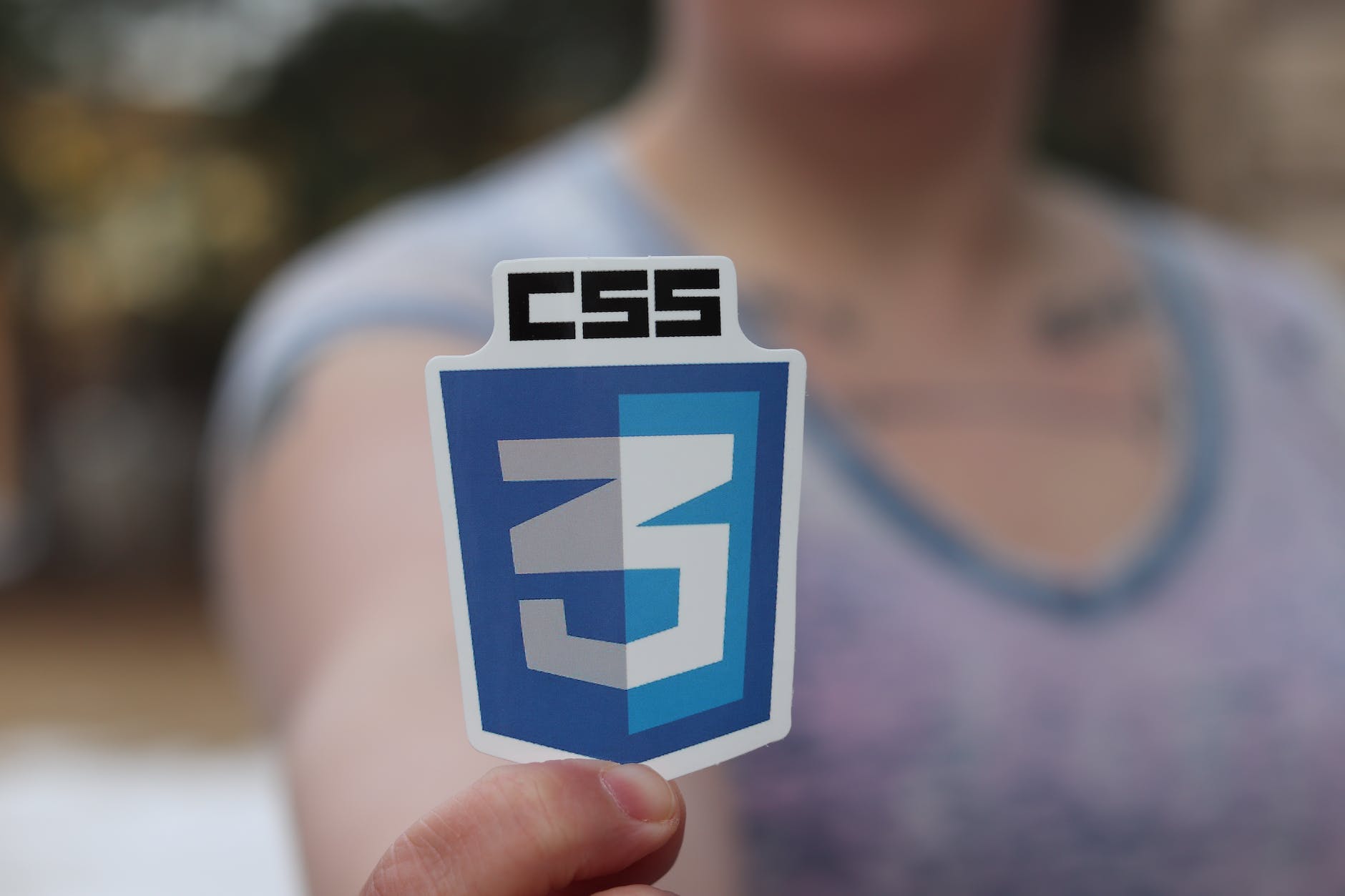CSS (Cascading Style Sheets) is a fundamental language used for styling webpages. To make the most of your CSS development, having the right tools is essential. Here, we present the 15 best CSS tools that can enhance your workflow and productivity.
Table of Contents
1. CodePen
- Website: CodePen
- Pros:
- A collaborative online environment for front-end development.
- Allows you to create, share, and test CSS code snippets easily.
- Perfect for testing and experimenting with CSS ideas.
- Cons:
- Premium features may require a subscription.
2. Sass
- Website: Sass
- Pros:
- Powerful CSS extension language that simplifies and enhances CSS development.
- Offers features like variables, mixins, and nesting.
- Helps write modular and reusable code.
- Cons:
- Requires a compilation step for generating CSS code.
3. PostCSS
- Website: PostCSS
- Pros:
- Transform CSS using JavaScript plugins, providing extensive flexibility.
- Allows you to automate repetitive tasks and improve code quality.
- Supports a wide range of plugins to extend functionality.
- Cons:
- Requires some level of JavaScript knowledge.
4. Tailwind CSS
- Website: Tailwind CSS
- Pros:
- Utility-first CSS framework that helps build custom designs rapidly.
- Provides a comprehensive set of pre-defined utility classes.
- Highly customizable and optimized for performance.
- Cons:
- Learning curve, especially if you’re not familiar with utility-first workflows.
5. CSS Grid Generator
- Website: CSS Grid Generator
- Pros:
- Drag-and-drop tool for building CSS grids visually.
- Generates the necessary CSS code for grid layouts effortlessly.
- Cons:
- Limited support for older browsers.
Certainly! Here are a few more CSS tools to add to the list:
6. PostCSS
- Link: PostCSS
- Pros:
- Versatile tool that transforms CSS with JavaScript plugins
- Offers a wide range of plugins for optimizing, polyfilling, and generating CSS
- Highly customizable and allows for modular CSS development
- Cons:
- Requires knowledge of JavaScript and understanding of plugin configuration
- Configuration setup can be time-consuming for complex projects
7. Stylus
- Link: Stylus
- Pros:
- Expressive and dynamic CSS preprocessor with a minimalistic syntax
- Offers advanced features like variables, mixins, and functions
- Integrates well with JavaScript and can be used as a building block for styles in frameworks like Vue.js
- Cons:
- Smaller community compared to other CSS preprocessors, which may affect the availability of resources and support
- Syntax can be less familiar for developers accustomed to other preprocessors or regular CSS
8. CSS Grid Generator
- Link: CSS Grid Generator
- Pros:
- Online tool that generates CSS Grid code based on user-defined parameters
- Simplifies the process of creating complex grid layouts
- Provides a visual interface for manipulating grid areas and sizing
- Cons:
- Limited customization options compared to manually coding CSS Grid
- May not suit projects with highly customized grid requirements
9. Stylelint
- Link: Stylelint
- Pros:
- Linter tool for analyzing and enforcing consistent CSS code style
- Helps catch errors,
10. CSS Stats
- Link: CSS Stats
- Pros:
- Provides detailed statistics and insights about your CSS codebase.
- Helps identify optimization opportunities and performance issues.
- Allows comparison between different versions of your CSS.
- Cons:
- Limited in-depth analysis of specific CSS selectors or properties.
11. PurgeCSS
- Link: PurgeCSS
- Pros:
- Removes unused CSS from your stylesheets, reducing file size.
- Improves loading times and performance.
- Works well with frameworks and build tools.
- Cons:
- Requires configuration to ensure no critical CSS is removed.
- May remove styles that are dynamically generated.
12. Stylelint
- Link: Stylelint
- Pros:
- Linter tool for analyzing and enforcing consistent CSS code style.
- Helps catch errors, enforce best practices, and maintain code quality.
- Extensible with plugins and custom rules.
- Cons:
- Requires proper configuration to match project-specific code guidelines.
- Can be time-consuming to fix all linting errors for large codebases.
13. CSScomb
- Link: CSScomb
- Pros:
- CSS formatter that formats your CSS code according to predefined or custom rules.
- Helps improve code readability and consistency.
- Integration with popular code editors for seamless usage.
- Cons:
- Limited automatic fixing of complex formatting issues.
- Formatting rules might not align with everyone’s preferences.
14. Can I Use
- Link: Can I Use
- Pros:
- Provides browser support information for various CSS features and properties.
- Helps you make informed decisions about feature usage.
- Offers compatibility tables and usage statistics.
- Cons:
- It’s important to interpret the data correctly as browser support can be complex.
- The tool does not provide specific fallback solutions for unsupported features.
15. Emmet
Emmet is a fantastic tool that can significantly speed up your HTML and CSS development process. It’s especially useful for creating repetitive code structures and quickly expanding abbreviations into complete code blocks. Give it a try to streamline your coding workflow even further.
- Link: Emmet
Pros:
- Powerful abbreviation system that allows for faster HTML and CSS coding.
- Saves time by expanding abbreviations into full-fledged HTML and CSS code snippets.
- Supports complex nesting, repetition, and more.
Cons:
- Requires learning and memorizing its abbreviation syntax.
- May not be well-suited for developers who prefer writing code manually.
These CSS tools offer a wide range of benefits to enhance your CSS development workflow. Whether you’re looking for code collaboration, preprocessing, grid generation, optimization, or code quality improvement, these






